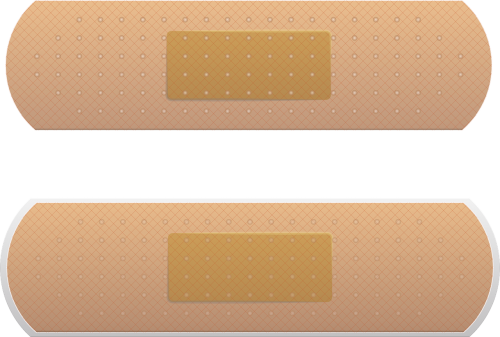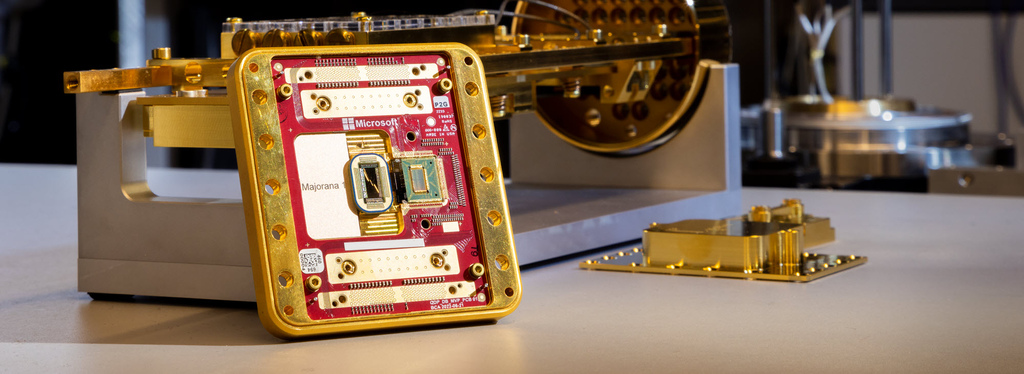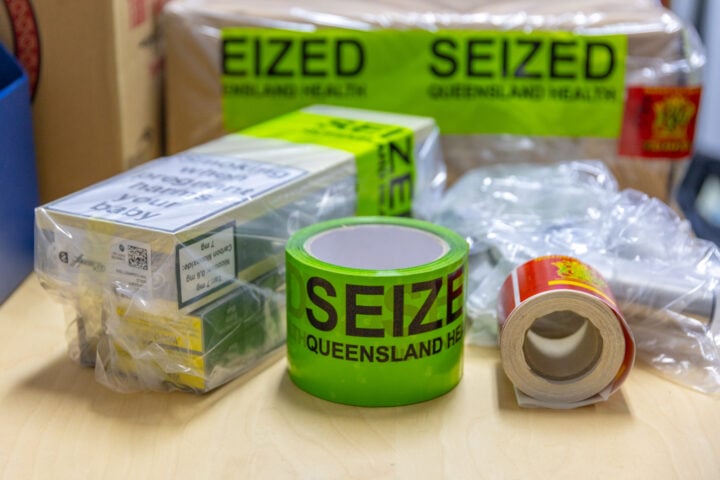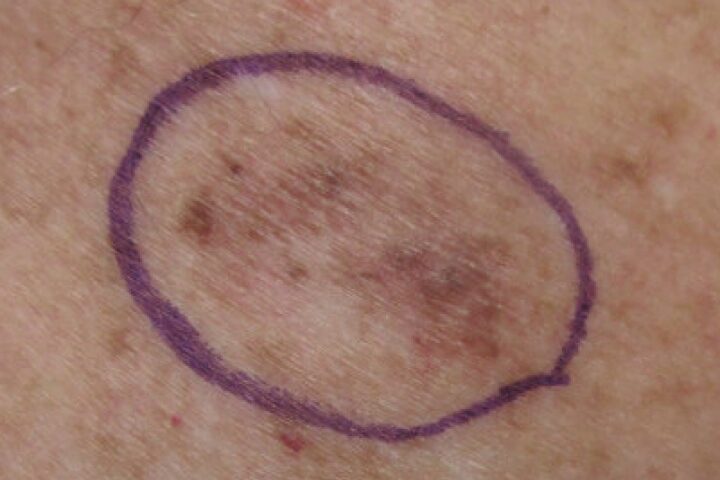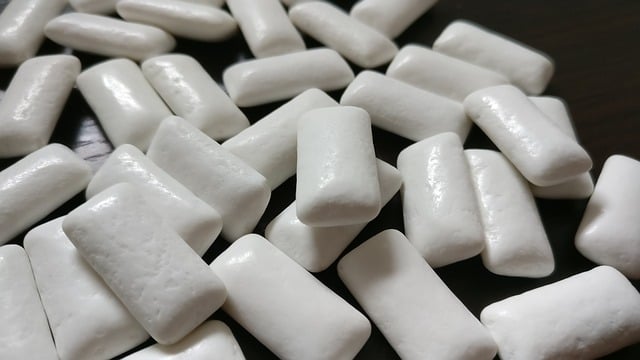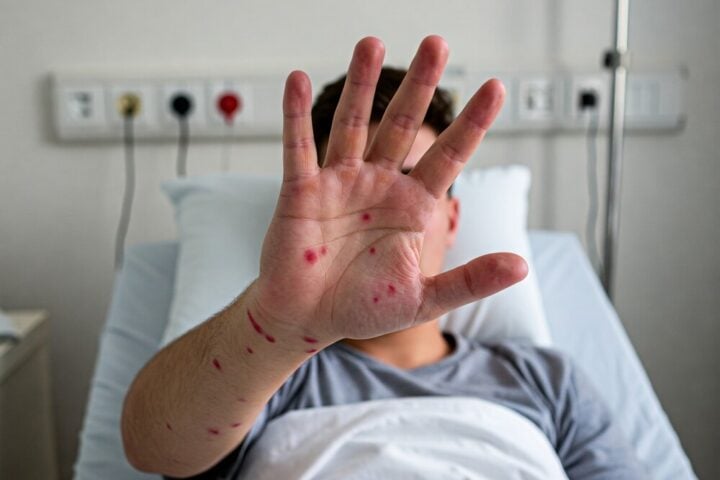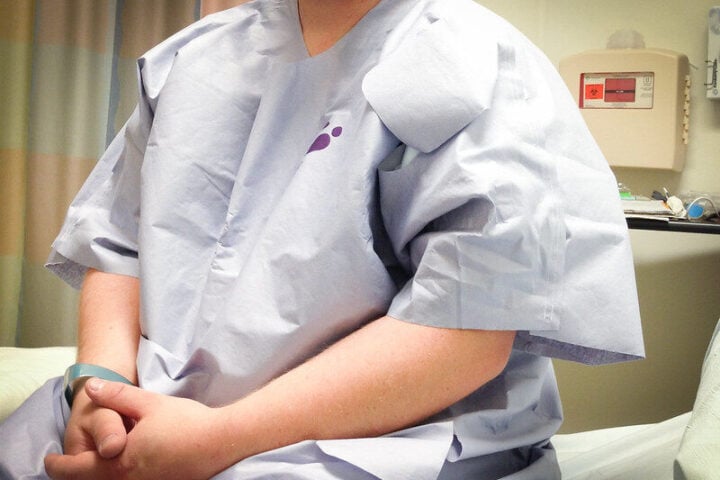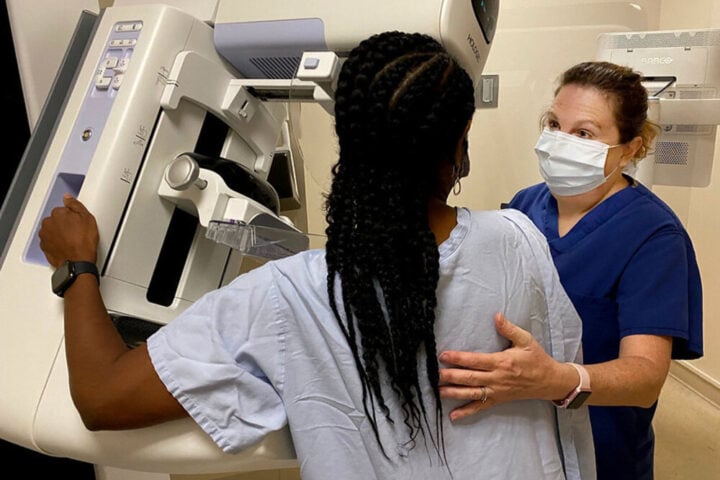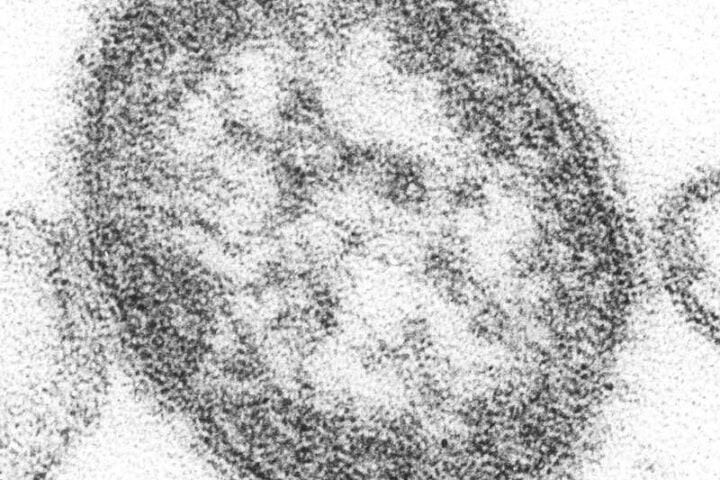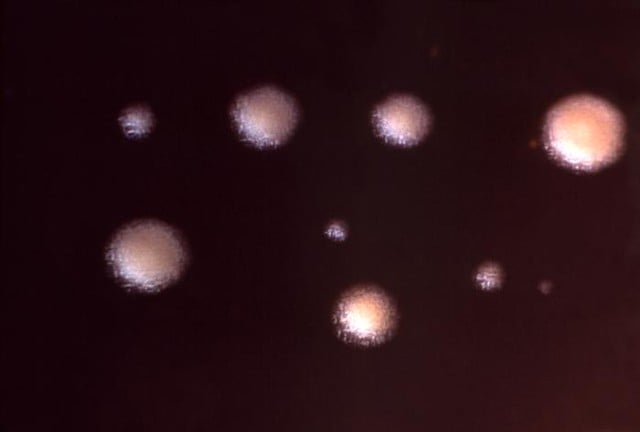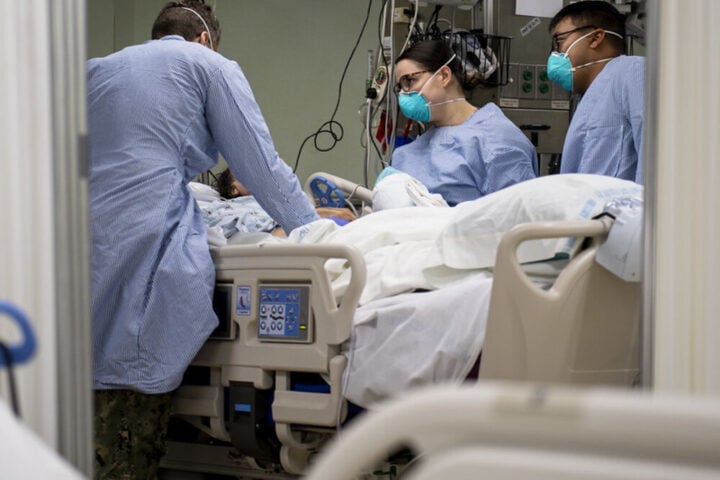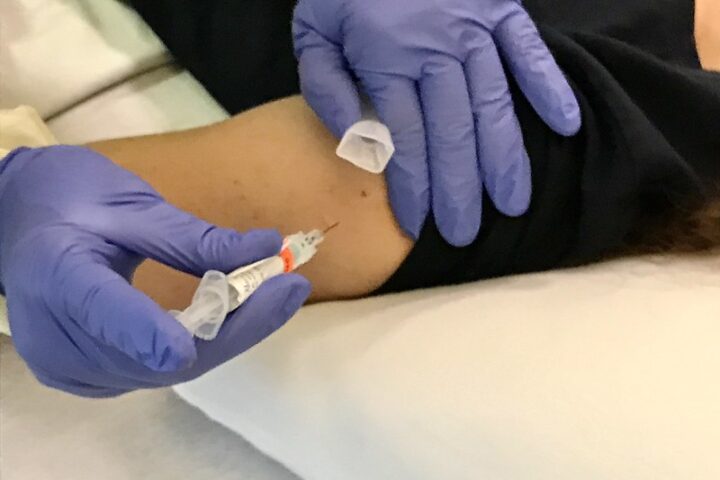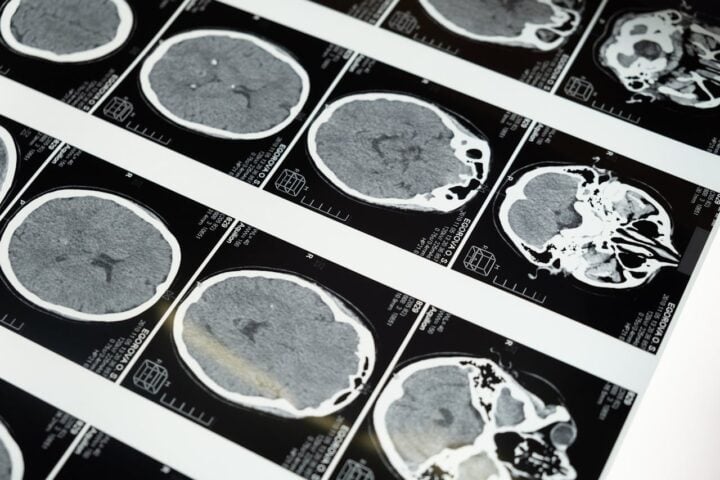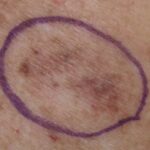Bandages meant to help us heal might be exposing us to harmful chemicals linked to cancer. Tests show that common brands like Band-Aid and CVS Health contain concerning levels of chemicals that are highly resistant to degradation.
Recent testing unveiled a troubling discovery: 26 out of 40 tested bandages contain chemicals called PFAS. These chemicals showed up in levels from 11 to 329 parts per million. PFAS aren’t some harmless additive – they’re the same chemicals that health experts have linked to cancer, decreased fertility, and weakened immune system performance.
“It’s troubling to learn that bandages placed upon open wounds may be exposing children and adults to PFAS,” warns Dr. Linda Birnbaum, who previously led the National Institute of Environmental Health Sciences. Her concern stems from how these bandages work. Laboratory research suggests that when we put them on cuts or scrapes, these chemicals may carry health risks similar to those from food or water exposure, and the specific risks of skin exposure are still being studied.
The testing, done by Mamavation and Environmental Health News, revealed these chemicals in everyday brands found in most medicine cabinets. Band-Aid, CVS Health, Equate, Rite Aid, and Target’s Up & Up all showed PFAS presence. The chemicals help make bandages waterproof, but experts suggest they aren’t essential for wound care.
What makes this particularly worrying is how these chemicals behave in our bodies. They’re called “forever chemicals” because they’re highly resistant to degradation. The CDC has found PFAS in almost every American’s blood. These bandage findings add another potential way these chemicals enter our system.
Similar Posts
Cancer risk deserves special attention here. While researchers have linked PFAS to various health effects, health experts at healthfeedback.org point out an important detail: only two types of PFAS, out of thousands, have clear connections to increased cancer risk. The current bandage testing didn’t identify which specific PFAS types were present.
Some companies are already taking action. Brands like 3M and Tru Colour now offer PFAS-free bandages. These products prove we can have effective wound care without potentially harmful chemicals.
“There is no safe dose for endocrine disruption caused by these chemicals,” explains Terrence Collins, Chemistry Professor at Carnegie Mellon University. This means even small amounts might affect our hormone systems.
The impact goes beyond just using bandages. When we throw away used bandages, these chemicals persist in the environment indefinitely, as Collins notes. This creates a cycle where these chemicals keep showing up in our lives – in our food, water, and now, in the products we put directly on our wounds.
Health experts stress that proper wound care remains important. For those concerned about PFAS exposure, PFAS-free bandages offer a safer choice. As awareness grows, more manufacturers may shift away from these concerning chemicals in their products.
